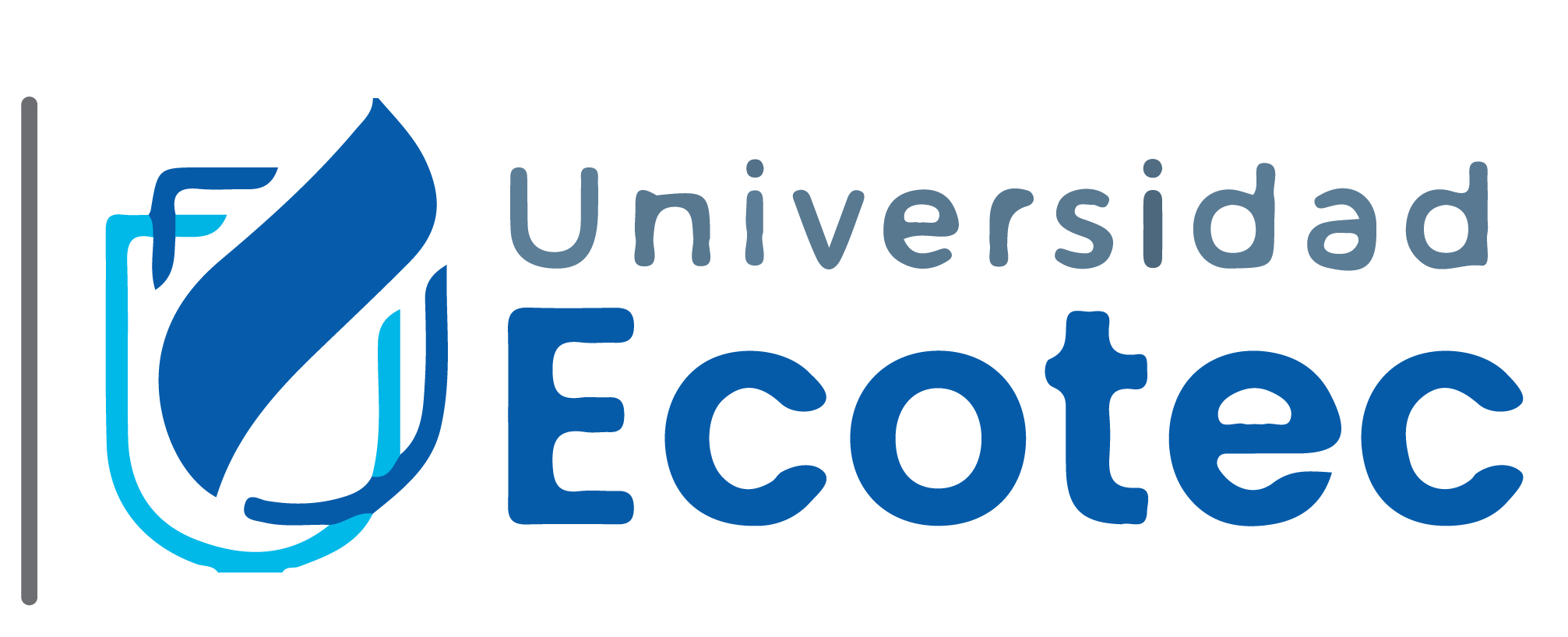Artículo
Defining, Measuring, and Rewarding Scholarly Impact: Mind the Level of Analysis
Resumen
0
Autores | Mariappan, Punithavili (58284795700); Khairani, Mohd Zahuri (57201092990); Mohd, Norzuraina (58922805700); Chanthiran, Maran (58284611900); Cubalit, Andy Noces (58733882200) |
Título | Uncovering Emerging Trends in Technology and Art Education: A Bibliometric Mapping Analysis |
Año | 2024 |
DOI | 10.37934/araset.41.1.6475 |
Fuente | https://www.scopus.com/inward/record.uri?eid=2-s2.0-85186909464&doi=10.37934%2faraset.41.1.6475&partnerID=40&md5=3ef9fa96ecc9ca3f2339b253cf7ebee3 |
Afiliaciones | Faculty of Sustainability Arts and Creative Industry, Universiti Pendidikan Sultan Idris, , Perak, Tanjong Malim, 35900, Malaysia; Faculty of Computing and Meta-Technology, Universiti Pendidikan Sultan Idris, Perak, Tanjong Malim, 35900, Malaysia; King Mongkut’s Institute of Technology Latkarabang, Bangkok, 10520, Thailand |
Tipo de acceso abierto | All Open Access; Hybrid Gold Open Access |
Referencia | Scopus |
Artículo obtenido de: | Scopus |



